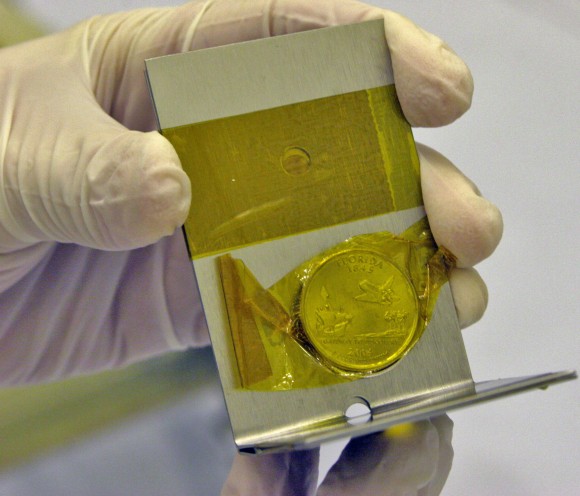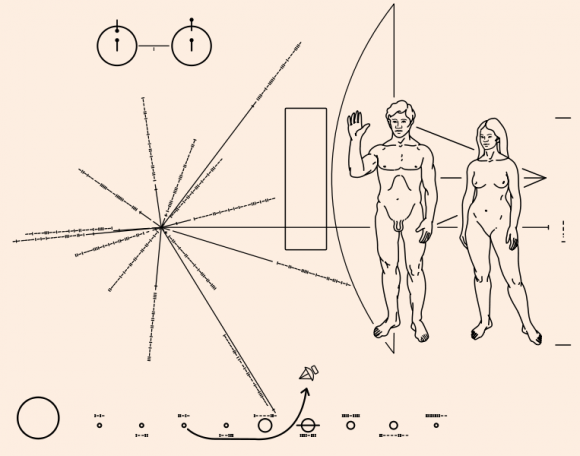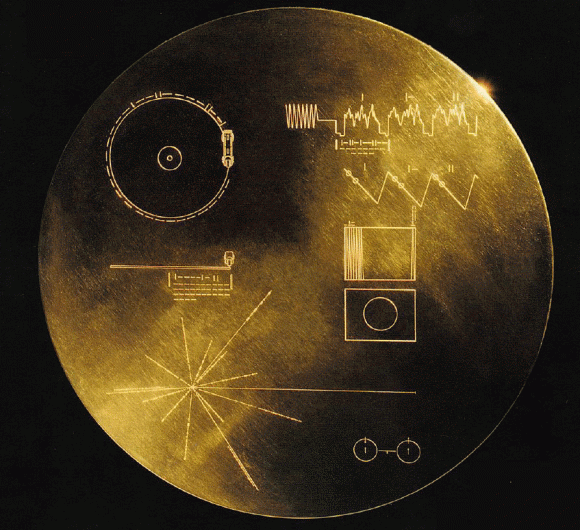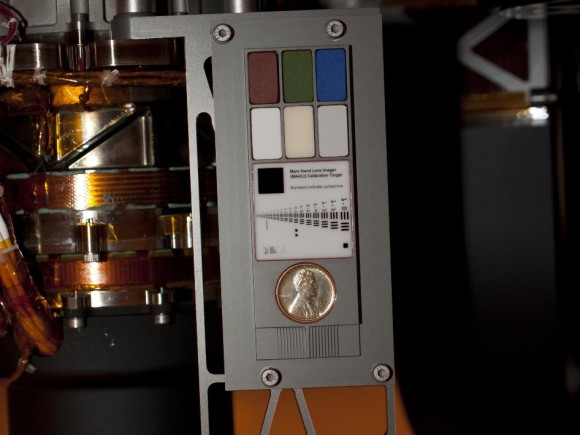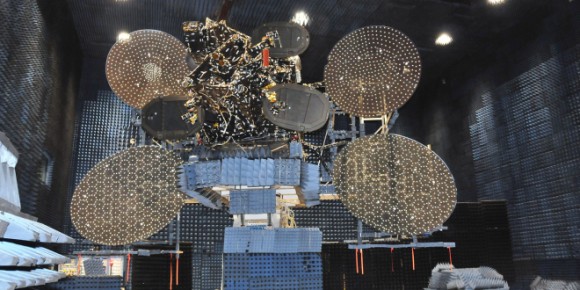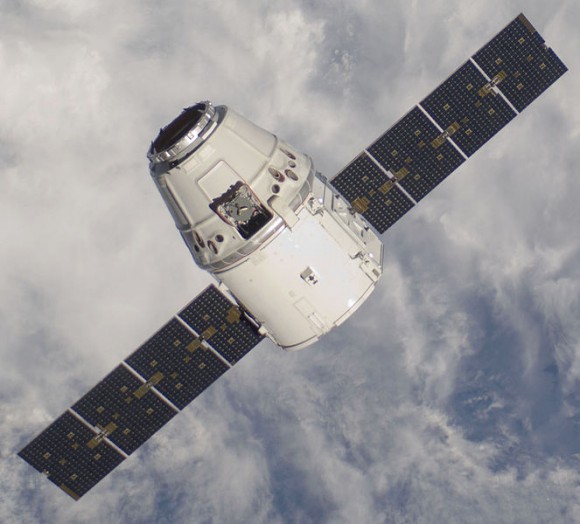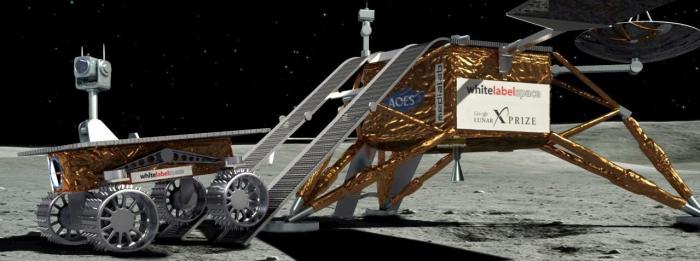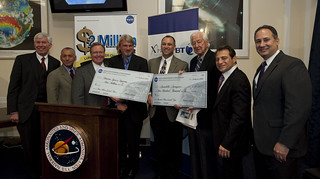MOUNTAIN
VIEW -- If you were Google, what would you do with a
350,000-square-foot hangar that was originally built to house helium
airships for the U.S. Navy?
How about using its cavernous interior
for building and testing new robots, planetary rovers and other space
or aviation technology?
A NASA spokeswoman confirmed Tuesday that
those plans are part of the proposal submitted by a subsidiary of the
giant Internet company, along with restoring the outside of the landmark
structure known as Hangar One at Moffett Federal Airfield. Based on
that proposal, U.S. officials said this week they will negotiate a
long-term lease with Google for a significant portion of the former
naval base, including three historic hangars, two runways and some
adjacent land and buildings.
While the company is best
known for its Internet search engine, software and other online
services, Google's founders and several top executives also have a
well-documented interest in robots, high-altitude balloons, aviation and
space exploration.
In recent months, Google has confirmed buying
eight small robotics companies for a mysterious new division headed by
its former Android software chief, Andy Rubin. Google co-founders Larry
Page and Sergey Brin already own a fleet of jets now parked at Moffett
Field. And Page, the company's CEO, has reportedly invested in a
separate company that hopes to mine asteroids for precious metals.
While
a Google spokeswoman didn't respond to requests for more details about
the company's plans, it's clear the massive Hangar One would provide
plenty of room for tinkering with exotic hardware. The Depression-era
structure is 200 feet tall and covers 8 acres. All told, the proposed
lease would provide more than 1 million square feet of space in Hangar
One and its two neighbors, known as Two and Three.
That's probably
enough for projects such as Google's plans to develop new robot
technology for manufacturing and retail shopping. Rubin is reportedly
working in a Palo Alto office now, but the effort appears to be
expanding. The Wall Street Journal reported Tuesday that Rubin has
discussed a robotics partnership with the Taiwanese manufacturing giant
Foxconn.
It's unclear if Google plans to sublet any of the Moffett
space to other commercial tenants, although local real estate experts
say it would be an attractive property. Neighboring residents said they
might be concerned if Google brings more air traffic or daytime workers
into the area. Mountain View City Manager Dan Rich, however, said in a
statement that he's pleased the landmark hangar will be restored.
Officials at NASA and the
U.S. General Services Administration, which helps administer federal
property, said only that the proposal from Google subsidiary Planetary
Ventures described using all three historic hangars for "research,
testing, assembly and development" of new technology related to space,
aviation and "rover/robotics."
The proposal also calls for
building a new 90,000-square-foot structure on the property that
Planetary Ventures would make available "at no cost" for a "public
benefit educational/museum/incubator," said GSA spokeswoman Jackeline
Stewart.
Federal officials rejected competing proposals from two
other groups, including a coalition of scientists and entrepreneurs that
wanted to make the airfield a center for new aerospace companies. One
rival was disqualified because it didn't follow procedures, officials
said, while another fell short on several criteria.
As part of its
proposal, which NASA official Richard Keegan rated "exceptional,"
Google promised to upgrade a golf course on the property and provide a
net increase in revenue for the federal government, while operating the
two runways on a "low-use" basis for a mix of private and government
flights. Officials said specific financial terms haven't been
negotiated.
Since it was decommissioned as a Navy air base in
1994, the sprawling, 2,000-acre Moffett property has been home to a mix
of private tenants and government agencies, including NASA's Ames
Research Center and a wing of the California Air National Guard. NASA
currently occupies about 500 acres, but the government has negotiated
long-term leases for other portions over the years.
Google has a
separate long-term lease to build a planned office campus on 42 acres of
the site, which are not physically connected to the airfield portion. A
coalition of local colleges has a lease for 77 acres, where it hopes to
build classrooms, labs and possibly housing.
Several aerospace
contractors also use the site. Former NASA scientist Sean Casey, who led
one of the rival bidding groups, said he hopes Google will keep the
airfield open to aerospace startups.
"Moffett Field is a great place for new space companies to connect with the investment community and with NASA Ames," he said.
In
a statement Monday, Google said simply: "We are delighted to move ahead
in the selection process and we are looking forward to working with
both GSA and NASA to preserve the heritage of Moffett Federal Airfield."
Source:
MercuryNews




















